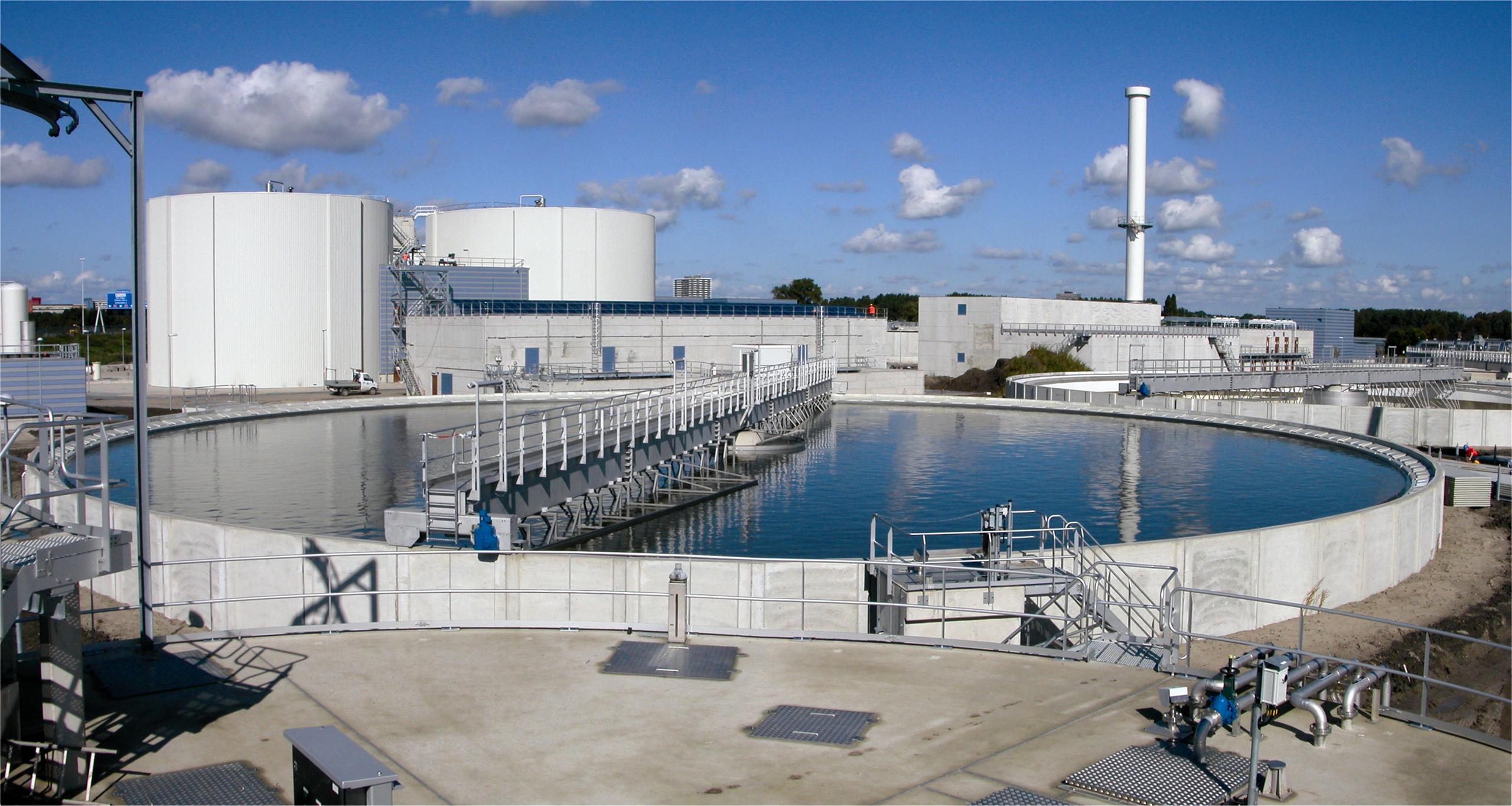The process of removal of waste and contaminants from household sewage is termed as sewage treatment or sewage treatment plant. The process involves physical, chemical and biological methods to eliminate these contaminants and make environmentally safe treated effluent. After the sewage is treated its by-product slurry called sewage sludge has to undergo various processes before making it suitable for land application.

Sewage comes from residents, industries, commercial and institutional establishments, waste from toilets, kitchens, sinks, etc. It also includes the storm water run-off. Even the rain water that picks up soil, grease, plant and animal sediments, oil, heavy metals, etc. goes into sewage.
Sewage treatment can also be called waste water treatment which includes effluents from industries as well. In cities, the sewage system also includes industrial waste to the sewage treatment plant which has already undergone a treatment in the factories to reduce its pollutant in the waste.
Nowadays Sewage Treatment Plant is Well Known as “Waste Water Treatment Plant”.
These sewage treatment plants are generally set up near a river or a stream. This is because the low lying area near the river enables the sewage system to make use of the gravity and then the wastewater enters the sewage treatment plant and then its helps the plant to discharge the treated effluent into the river. Once the effluent enters the plant it undergoes different processes of treatment as per the amount of waste in the water and the city.
The sewage treatment plants aim to emit less effluent as possible so as to protect the environment from the pollution caused due to untreated waste water or effluents.
The sewage treatment plant is generally of three processes namely, primary, secondary and tertiary.
Primary Treatment:
In this treatment, the sewage is temporarily held by a basin so that heavy solid substances can accumulate at the bottom while lighter fluids like oil, grease etc. can float on the surface. Thereafter the accumulated and floating waste is removed and the remaining effluent goes for the secondary treatment.
Secondary Treatment:
In this treatment, the dissolved and suspended organic matter is evicted. The secondary treatment is carried out by native water- borne organisms that are managed in a particular habitat. Before the water is moved for the tertiary treatment, the micro organisms are separated by another process.
Tertiary Treatment:
The water in this process is treated more than that in the other two processes because this water will be allowed into a sensitive ecosystem. This water is sometimes disinfected physically or chemically before they are ejected into the stream, lagoon, river or wetland or even used for the purpose of irrigating green way, golf course or parks. If this water is sufficiently clean it can be used for the purpose of agriculture and groundwater recharge. This process is also termed as effluent polishing.
Apart from the conventional three processes of sewage treatment, many other treatments are undertaken to further eradicate the pollutant from the water such as filtration, biological nutrient removal, nitrogen removal, etc.
Some micro pollutants like pharmaceuticals, chemicals used in houses, industrial chemicals or pesticides may not be evicted in the above three processes which may lead to polluting the water. The decomposition and composition of these substances are minimal but there are chances it may harm the aquatic life. The technology for removal of these is still in process by activated carbon filters are used to eradicate the micro pollutants.
Effects on the Biological Environment
Sewage treatment plants have many effects on the nutritional levels of water in which the treated effluent flows. They can have diverse effects on the aquatic life that comes in contact with this effluent. For example, oxidation ponds, the aerobic water bodies which are 1 to 2 meters deep that receive effluents from different forms of primary treatment.
Reuse
With proper technology, we can make use of this sewage effluent for drinking purpose, although this is done in places where there is a limited supply of water.
Treated waste water in arid countries is usually used for agriculture. The wetlands that are constructed and are fed by the treated waste water are good for the both the habitat and treatment for the flora and fauna. The waste water contains such nutrients that are good for the fish farms and agriculture.
You might also want to check our related posts:

